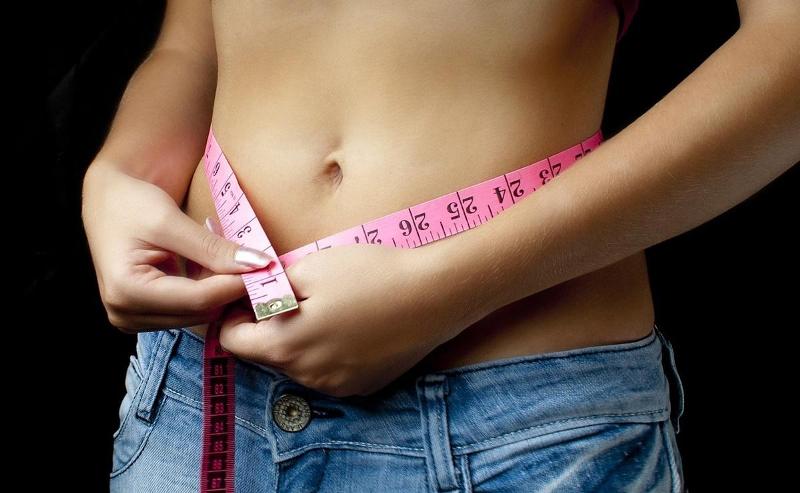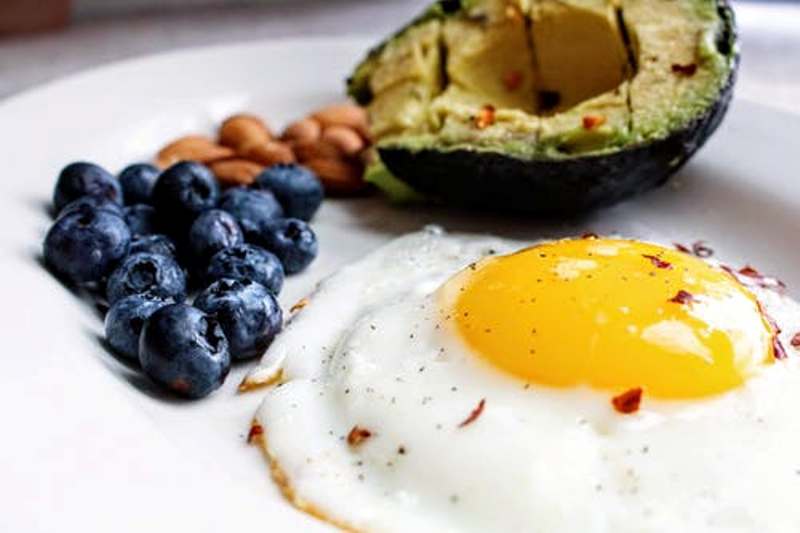For a good reason, weight loss is among the common topics that drive people nuts around the planet. More often than not, packing up calories is effortless. It’s funny how some of the most useless foods are the ones that make you add unhealthy weight rapidly. Perhaps we can blame it on the universe, but shedding unhealthy fat can take a few times more than the duration it took to gain it. Well, it gets more complex because different individuals have different fitness needs, lifestyles, and nutritional habits.
At the end of the day, however, the secret to weight loss lies in the balance between the calories you take in versus the calories you use. This is to say that your diet plays a fundamental role in determining your weight loss results, and this is where the ketogenic diet comes in handy.
Perhaps you have heard about keto and are considering giving it a try in your weight loss journey. Maybe you are just experimenting to see if it works or you are determined to see a pleasant change on the scale over the next few weeks. If you’re thinking of going keto, here are six crucial things you should learn first.
1. What a Ketogenic Diet Means
The simplest definition of going keto is restricting yourself to a keto meal plan. It is high in fat and extremely low in carbs content, enough to induce what is known as ketosis in your body. It is based on the fact that if the body is denied carbohydrates, it automatically resorts to burning stored fat reserves for use as fuel. Nonetheless, it also requires knowing what foods to eat and which ones to steer clear of.
By consuming high-fat, low-carb meals, you are literally teaching your body to start thinking of more reliable sources of energy, such as visceral or subcutaneous fat. A keto diet simply means getting seventy-five to ninety percent of your calories from fats, limiting carbs to around 5% or less each day. Much of your focus should therefore be on healthy fat food sources like avocados, nuts, and fatty fish like tuna, sardines, and mackerel. Egg yolks and dairy products like tofu should also be on your menu, with fatty beef occasionally for a healthy source of protein.
2. Keto-Friendly Exercises
The main aim of going keto is to stimulate weight loss. Now, both ketosis and exercise stimulate metabolism and ultimately result in weight loss, but one thing is for sure. Physical exercise is largely fueled by the glycogen stores in your body, meaning they are prone to get depleted faster when on a low-carb diet. In a piece titled “does exercise speed up weight loss in ketosis”, they vividly explain what happens to your body when on keto and exercising. Higher levels of ketone are produced by the liver and used to fuel your muscles. The glycogen stores are depleted faster, thus amplifying the effectiveness of ketosis.

3. You Need Goals and a Plan to Achieve Them
When going keto, you will need to have specific goals alongside a plan on how to achieve them. For instance, how much calorie weight or body fat do you intend to cut and in how long? Since what works for one person may not work for the other, should you work out? How often should you check your progress? How many carb calories should your consumption be restricted to, each day, so you can achieve your goals? The answer to these questions will largely depend on several factors, including the following:
- Your weight loss goals
- Your age
- Your gender
- Your overall health
- Among others
Understanding these things can help you stay focused. You may also need to use nutrition calculators and tracking apps to get the most out of your healthy diet plan. To maintain your progress, you may also need an after plan because you cannot be on keto for so long as a weight-loss strategy.
4. Understanding the Risks of Keto and How to Mitigate Them
One of the best things about going keto is that the high-fat diet keeps you satiated. While enhancing metabolism, it also helps suppress hunger, and it can even speed up weight loss if combined with other practices like intermittent fasting and here’s what different intermittent fasting schedules might look like when you’re getting started. However, you will want to check with your health provider before trying keto for the first or subsequent time. Find out fasting is safe for you while on a ketogenic diet regimen.
5. Listening to Your Body
While on keto, you have to be extremely familiar with your body. Some people may experience unpleasant effects like irritability, mood swings, mental fogginess, and even a decrease in muscle mass over time. Increasing your electrolyte intake can be a great way to mitigate some of the side effects of going keto. A few things you can do include:
- Get enough sodium and potassium from your diet
- Take in more fluids, especially salted broth
- Amp up your intake of veggies like kale, asparagus, arugula, and peppers
- Learn about mineral and multivitamin supplements that may help prevent nutritional deficiencies.
6. Get Your Loved Ones Involved
Finally, don’t forget to let your loved ones know that you are focused on improving your health or fitness by going keto. The last thing you want is to become labeled as that family member who never wants to spend mealtime with others.
When it comes to weight loss through nutrition, ketosis is a clear winner. You just have to understand it and curtail it to your specific needs. If you know your goals, the risks to expect, and how to mitigate them, you stand a better chance of benefiting from ketosis.






